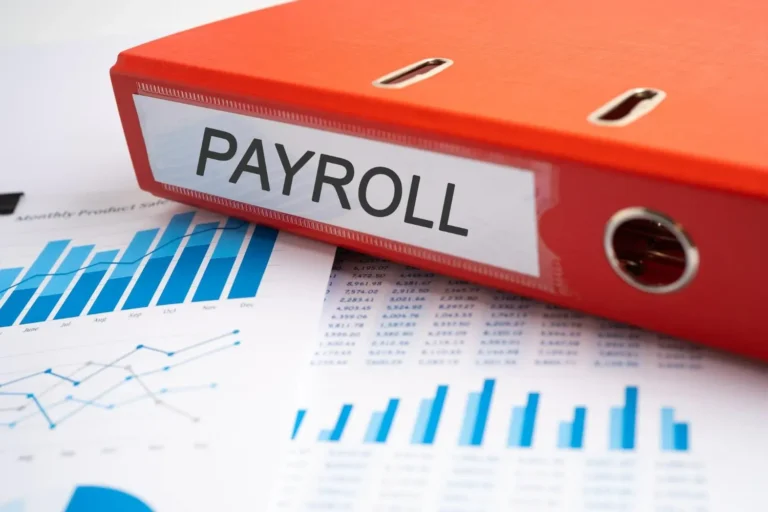Navigating the requirements and procedures of claiming a CIS refund can be a daunting task for subcontractors in the construction industry. From submitting the correct paperwork to ensuring compliance with tax regulations, it can be a time-consuming and stressful process.
That’s where our blog comes in- it intends to provide clear guidance and support for both sole traders and limited company subcontractors who are looking to claim CIS refunds.
CIS Refunds Claim

CIS or Construction Industry Scheme is a tax system in the construction industry where contractors deduct tax on behalf of subcontractors and pay it to HMRC. Subcontractors can later claim a refund for the tax payment made in advance.
Before diving into the specifics of how subcontractors can claim back their CIS tax deductions, it’s important to grasp the concept of the “CIS Suffered amount.” Essentially, this term refers to the upfront tax payment made by subcontractors in the form of CIS deductions.
The process and documentation required for a CIS claim depend on the type of business entity (whether it is a sole trader, a partnership, or a limited company), so subcontractors need to carefully review the requirements.
We have covered the process for claiming the CIS refund for :
Sole Trader/Partnerships Subcontractor
Limited Company Subcontractor
Sole Trader/Partnerships Subcontractor
The subcontractors operating as sole traders or partnerships should include the claim in their self-assessment tax returns.
To help you navigate the process of claiming a refund for CIS deductions, we have put together a brief description of the steps involved:

1
Enter all deductions made by your contractor in the ‘CIS Deductions’ section (Box 38) of the self-assessment return

2
Now, send the Self-assessment tax return as usual.
3
HM Revenue and Customs (HMRC) will offset any Construction Industry Scheme (CIS) deductions you faced against your tax liability.
4
If the balance shows tax payable, any outstanding tax must be paid to HMRC by 31st January following the end of the tax year (e.g., by 31 January 2025 for tax year 2023/24).
5
If the balance shows tax recoverable, HMRC will pay you back.
Limited Company Subcontractor

The subcontractors operating as a limited company can claim the CIS suffered amount through the company’s monthly payroll system.
In this section, we will outline the steps involved in claiming a refund for CIS deductions made from payments to limited company subcontractors.
If you are registered under Construction Industry Scheme for:
Gross Payment Status
Gross payment status refers to a situation where a limited company receives full payment from their contractor without any CIS tax deduction, indicating a 0% CIS deduction. This status is typically granted by HMRC to companies that have shown compliance with CIS rules and regulations.
Since, subcontractor who has a gross payment status are not subject to CIS deductions, and therefore, they are not required to seek CIS refunds.
Payment Under Deduction
Payment under deduction implies the limited company subcontractor will have a CIS tax deduction at a standard rate of 20% or a higher rate of 30% whenever it receives payment from the contractor.
Note: If you are registered to get the payment under deduction, make sure you do not claim back CIS deduction through Corporation Tax Return. As it is strictly prohibited by HMRC and may result in penalties.
Here are the steps for claiming the CIS refund if you are a subcontractor registered to receive payment under deduction:
- Send your monthly Full Payment Submission (FPS) as usual to HMRC. An FPS is a statement that states the payroll taxes or PAYE liability. Discover guidelines for complying with Reporting to HMRC: FPS Reporting Obligations on HMRC website.
- Enter the total CIS deductions made during the month in Employer Payment Summary (EPS). EPS is a statement that shows the amounts recoverable from HMRC. Find HMRC guidance on Reporting to HMRC: Employment Payment Summary (EPS).
- HM Revenue and Customs(HMRC) will offset any Construction Industry Scheme (CIS) deductions you faced against your PAYE liability.
- Pay the outstanding balances of payroll taxes by the 22nd of the following month.
- For any unrecovered tax balance, HMRC pays you money back. Claim a tax refund online or by post.
CIS Refund for a Limited Company Subcontractor with no Payroll
If you do not run a workplace payroll, HMRC doesn’t provide you CIS repayments during the year. Instead, for any unrelieved CIS tax deductions that remain at the tax year-end (5th April), you can claim a repayment that can be offset against other taxes or refunded to your bank account.
Conclusion
Understanding the CIS tax deductions and the process for claiming refunds is crucial for subcontractors to avoid overpaying taxes.
By following the guidelines set by HMRC, subcontractors can successfully claim their CIS tax deductions and receive the refunds they are entitled to. Ultimately, the CIS system ensures fairness and transparency in the construction industry’s tax payments.
Claiming a CIS tax refund can be a complex and confusing process, especially when it comes to dealing with the paperwork involved. If you’re finding it difficult to navigate the requirements and procedures, we’re here to help.









